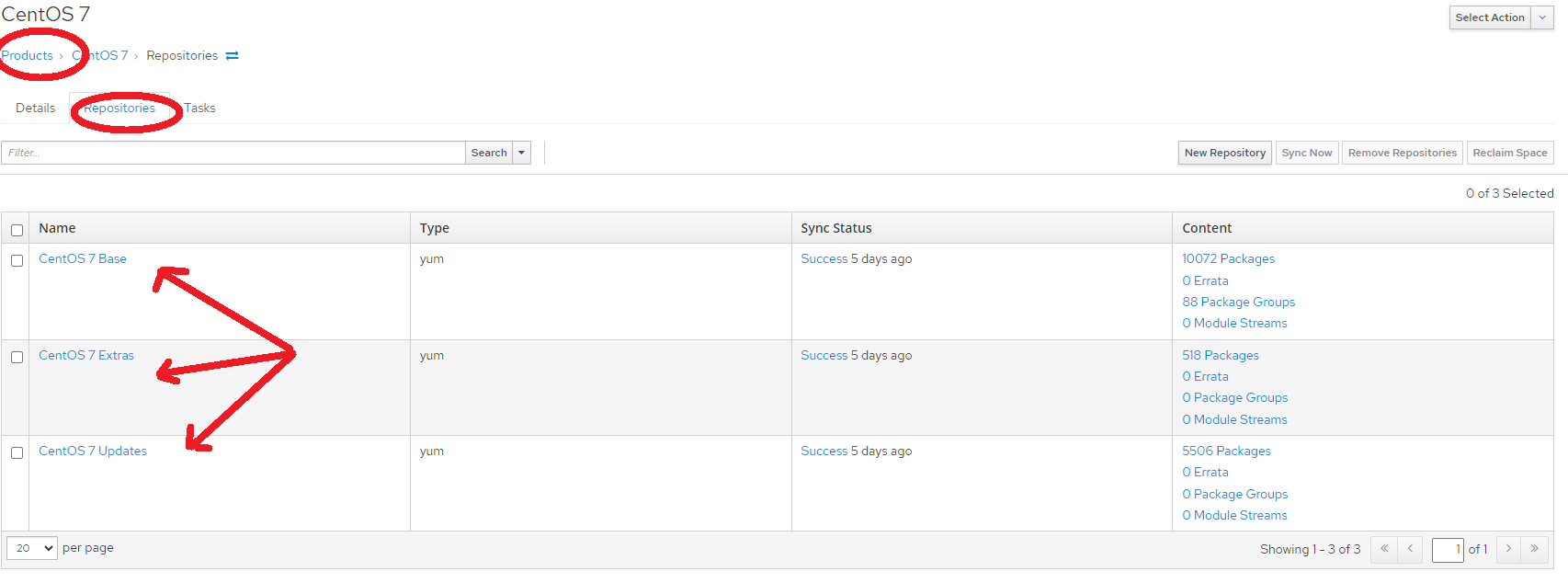I’m a Satellite/Foreman user so I’m having a bit of trouble understanding how Pulp works behind the scenes and the terminology.
I have three internal YUM repositories that serve up all kinds of content pulled from the external world. There is significant storage used on these servers and my guess is that 2% of the disk space it’s consuming is used by the linux clients.
In addition, I want to create a more disaster recovery tolerant system that will run from containers, configure itself and then “on demand” pull packages from Oracle/Fedora/Puppet, etc. Right now, I have three VMs running RHEL6, 7 and 8 that each pull content from the Internet.
I’m having a hard time replicating the Satellite way of doing things when it comes to product/repositories. I want to create a “Centos7” product in Pulp and then download Centos Base, Extras and Updates. The only way that I’ve found to achieve this in Pulp is to create three separate repositories and three remotes. This doesn’t seem like the right way to do it. Is there a “product equivalent” in Pulp that emulates what Satellte/Forman do? I could do this in Satellite easy enough but Satellite is a pig of a product and I really want to start migrating away as much as I can so that my infrastructure is more fault tolerant.
I’ve followed create ,sync and publish a repository but I’ve been unable to accomplish the goal of a single product multiple repositories. Is there an equivalent of “Product” in the Pulp world? Reading the Concepts Documentation, it seems like Pulp has a repository with multiple remotes. Am I confusing terminology here? Is a Satellite/Foreman product equal to a Pulp repository and a Satellite/Foreman repository equal to a Pulp remote?
Any clarification would be most appreciated!

